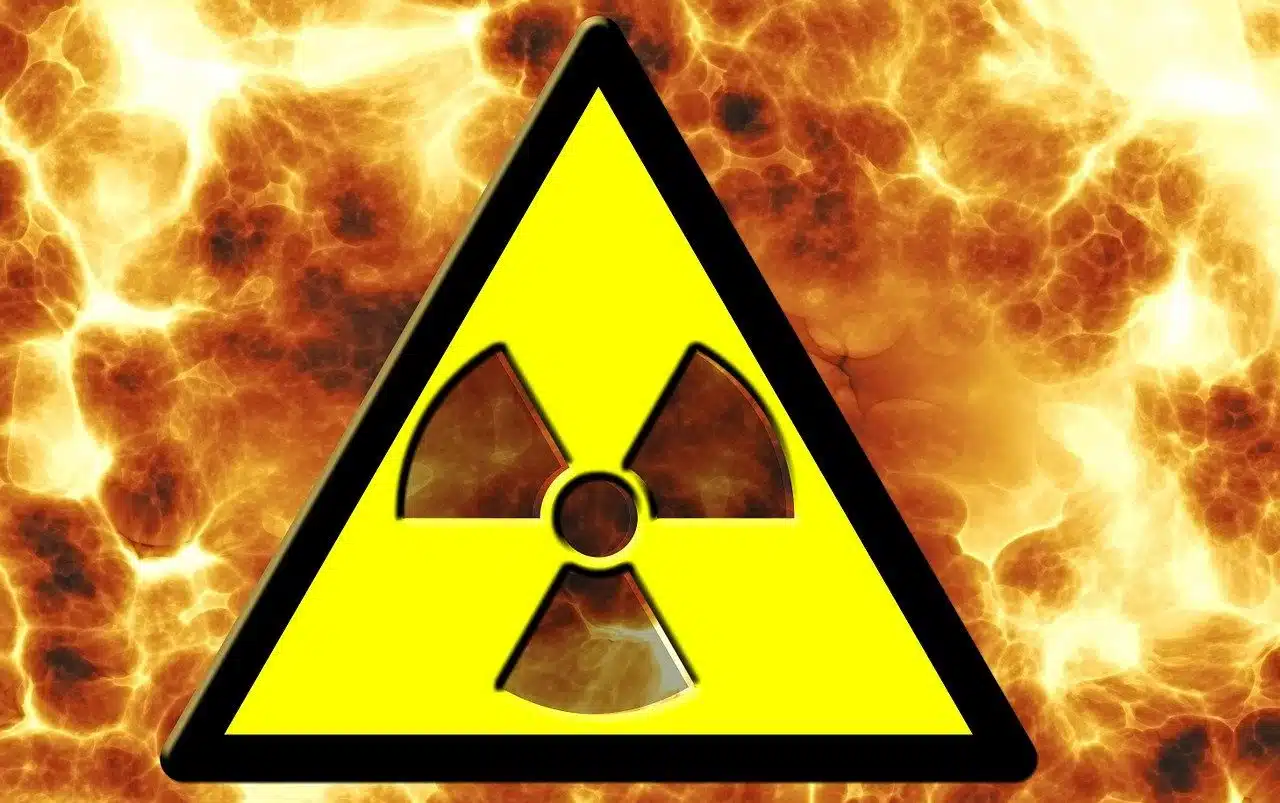
A few years ago, relying on the symmetry of parity, science managed to accurately measure the weakest charge of protons, finding a certain value for the weak nuclear force.
The weak nuclear force is, as noted when gathering information related to particle physics , one of the fundamental interactions that can be recognized when analyzing the behavior of subatomic particles . The other forces are gravity , the electromagnetic force , and the strong nuclear force .
This weak interaction , nuclear physics experts point out, has a short range and marks the starting point of the process known as nuclear fission . Of the fundamental forces mentioned, this is the only one capable of breaking the charge parity symmetry . It is even involved in the radioactive disintegration phenomenon that involves the aforementioned subatomic particles .
This weak nuclear force , according to the standard model that governs particle physics , is considered a non-contact force since it arises either when the classes of elementary particles known as W and Z bosons are emitted or absorbed. It cannot be overlooked that the W boson has been known in greater depth thanks to a detector at the Fermilab Collider , leading to the assumption that its mass is strikingly high.
Characteristics of the weak nuclear force
Physicist Enrico Fermi , a scientist of Italian origin who became an American citizen, is noted as the first to promote the Fermi constant as a way of explaining what beta decay is like, and what it consists of. That was the beginning of the theory focused on weak interaction .
Decades later, a group of physicists was responsible for launching the electroweak theory obtained as a result of the unification of electromagnetism and the weak nuclear force .
By carefully observing the characteristics, effects and fields of application of the weak interaction, unique features of it come to light. Quarks and leptons with left-hand chirality , to indicate specific cases, are affected by weak interactions , just as happens to neutrinos in the face of this force that is best appreciated in a context of beta decay .
Unlike other interactions, the weak one is involved in the phenomenon known as CP violation by transgressing or not respecting the CP charge-parity symmetry . It is also recognized as having the ability to modify the flavor of one quark or more.
Those who specialize in astrophysics , on the other hand, seek to solve enigmas associated with dark matter , by describing a specific reality, taking into account hypothetical particles known through an acronym in the English language, WIMP . They, whose detection is extremely difficult, interact with visible matter thanks to gravity but are also linked thanks to connections that have a magnitude similar to those seen when the weak nuclear force comes into play. These WIMPs, several specialists maintain, have properties that are very similar to those that characterize neutrinos , with the exception of attributing massiveness and greater slowness to the aforementioned WIMPs .

The weak nuclear force is often blamed for so-called beta decay, a type of radioactive decay that involves neutrons.
Electroweak model
Steven Weinberg, Sheldon Lee Glashow y Abdus Salam fueron los expertos en Physics que, allá por el segundo tramo de los años ’60, desarrollaron el electroweak model or theory. En base a ese contenido se indica que tanto la weak interaction como la electromagnetic force constituyen dos aspectos distintos de una sola electroweak interaction. Explicado de otro modo, ambas resultan diferentes cuando están expuestas a energies bajas, mientras que al haber energías elevadas son expresiones de una misma fuerza.
This postulate is also included in the so-called Grand Unification Theory , where three fundamental forces appear, leaving gravity aside from this conjecture. According to this scheme, it is believed that the electromagnetic force , the weak nuclear force and the strong nuclear force , as soon as the Big Bang happened, were united into a single force. It is interesting to note that the electroweak field , in this model, is approached as if it were a Yang-Mills field .

According to scientific research, the weak nuclear force causes certain types of radioactivity, influencing, for example, the decay phenomenon involving neutrons and protons.
Link between the weak nuclear force and neutrinos
The theoretical definition presents neutrinos as particles that are characterized by being neutral when analyzed electrically (that is, they lack an electric charge ), having a mass that is impossible to estimate, and being part of the set of fermions .
These, ideal elements when examining the universe and trying to decipher mysteries around it (allowing us to find out, for example, the distinctive features of the spaces that surround black holes and the composition of dark matter ), are affected by , at a short distance, the weak nuclear force . They move in a straight line and have a very weak interaction with matter, which is why it is relatively easy to determine the location of their source.
Seasons ago, to add more precision regarding neutrinos , a study was published that reported the detection of a process called coherent elastic nucleus-neutrino dispersion . This is the name given to an interaction link, thanks to the weak nuclear force , between low-energy neutrinos and an argon nucleus . The phenomenon studied in quantum mechanics that involves focused measurement on a neutrino that has initially been analyzed with a specific lepton flavor and later changed this variable, is also of interest in this area. These situations, called neutrino oscillations , have precisely prompted the carrying out of neutrino oscillation experiments to continue accumulating relevant findings.
